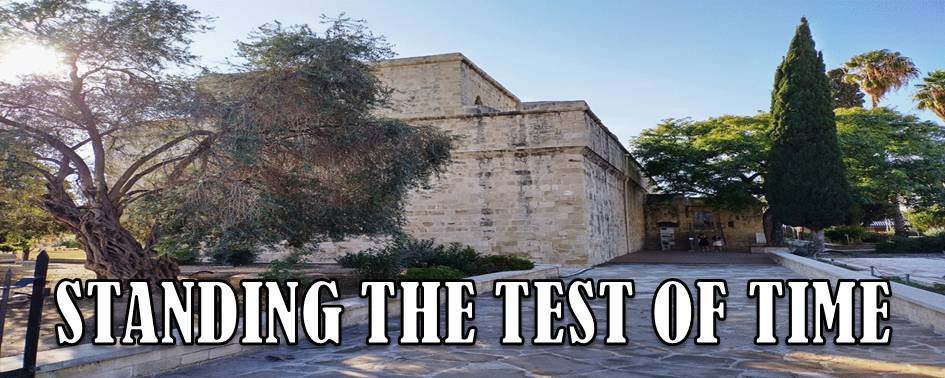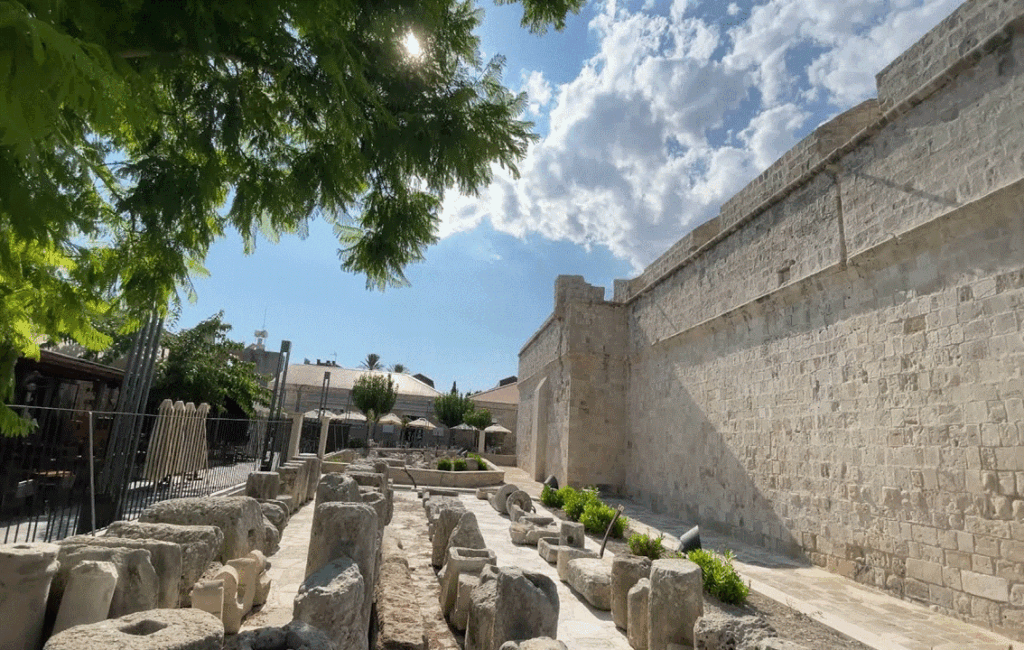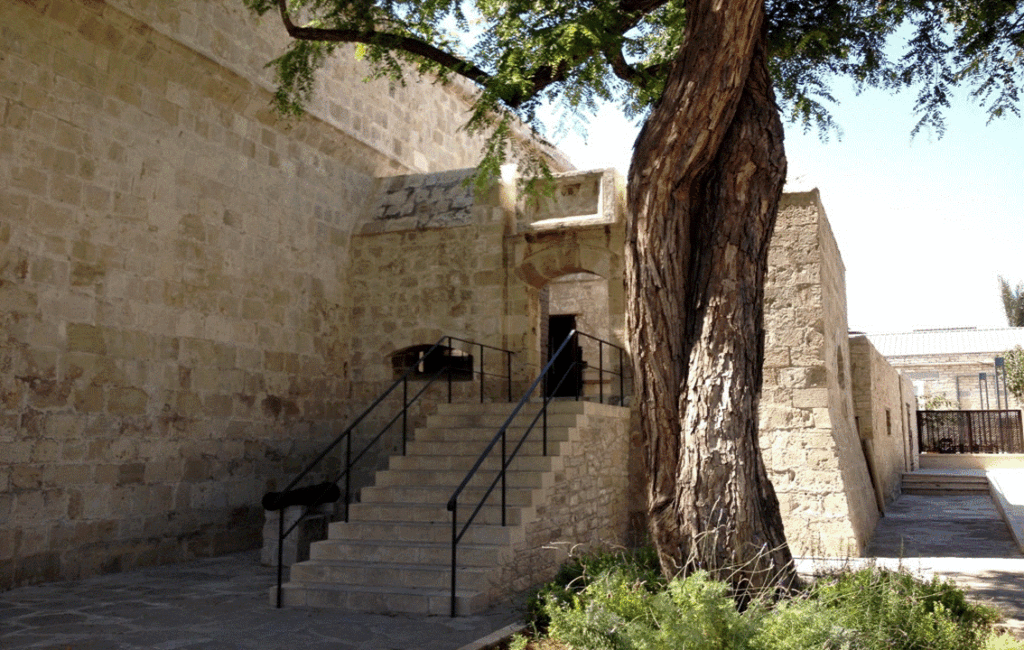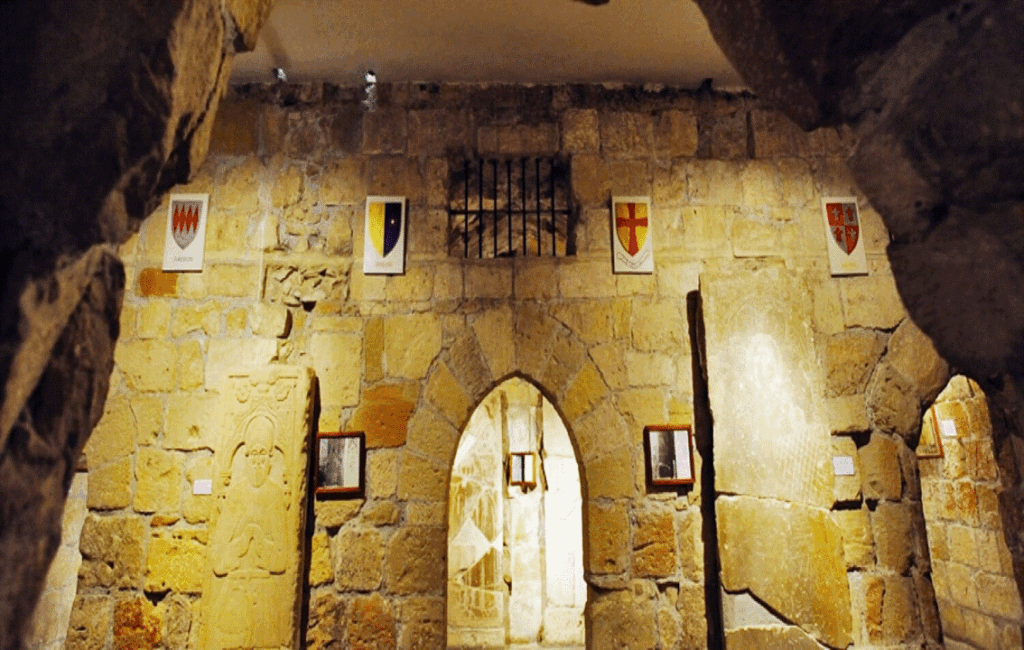
STANDING THE TEST OF TIME
The Medieval Castle of Limassol, also known as the Limassol Castle, is a historic landmark situated near the old harbour in the heart of the historical old town of Limassol. The medieval castle has a rich and interesting story that has played a significant role in the island’s history. It is fair to say that the castle has witnessed centuries of history from its early origins as a religious structure. It went on to several purposes throughout the ages, becoming a Byzantine fortification, a royal residence, an Ottoman garrisoned fort, and a British colonial prison. Standing the test of time, its current vocation is Limassol’s Medieval Museum.
A GRAND STRUCTURE
Although a larger structure existed earlier, the present edifice dates to the period of Ottoman rule. Excavations within the castle’s grounds have revealed that a structure of sorts existed on the site from around the 4th century. A grand structure, probably a Christian Basilica, then was known to stand on the site by the 10th century. Evidence supports the fact that this building had endured both the constant toll of earthquakes and external attacks, but fell into disrepair by the time of Byzantine rule.
A CHANGE OF FATE
The castle received a reprieve when besieged Byzantine rulers identified the structure’s defensive strategic potential. It was decided that the site, overlooking the harbour, would be better served as a stronghold for defending Limassol from enemy attacks. With this in mind, Byzantine builders converted the Christian Basilica into a castle. The immediate area surrounding the site also became a major fortification with the addition of a moat. The extended thickened walls and imposing towers also helped create a formidable fortress. The new castle would play a crucial role in the future defence of the harbour and the city as a whole.


AN ENGLISH KING & A CYPRIOT CASTLE
When Richard the Lionheart conquered the island on his way to the Third Crusade in 1191, he identified the Limassol Castle as one of his primary military targets. After taking control of the castle, he then used it as a springboard to launch further military campaigns that enabled him to take control of the whole island in under a year. His reverence for the castle did not stop there, setting up one of his royal residences within its grounds. The castle would go on to host one of the most significant events in its history, serving as the venue for the king’s lavish wedding ceremony. Nobles and dignitaries from across Europe attended the grand affair, which witnessed an English King wed and a new English Queen crowned in Cyprus.
THE LUSIGNAN DYNASTY
The castle’s brush with royalty did not end there. When the Lusignans took control of the island a year later, the castle continued to function as a main seat of power for the island’s new rulers. The royal residence became a symbol of the Lusignan dynasty’s power and influence on the island for close onto the next 100 years or so. The Lusignan rulers made significant renovations to the structure, adding new towers, walls, and a chapel.


A NEW BATTLE ZONE
By the 16th century, the castle was adapted for the new military tactics of the time. The island’s Venetian rulers added new defensive structures. These included bastions and widened ramparts to accommodate artillery in the form of cannon. These preparations were made for an inevitable confrontation with Ottoman forces, who sought to capture the island from the Republic of Venice. Cyprus once again was destined to become a combat zone, and minor confrontations took place before a main invasion. Limassol and its castle were regularly targeted, and during one skirmish in 1538, the Ottomans managed to briefly capture the castle and most of the city. The Venetians retaliated, promptly recapturing the city, but the castle lay in ruins in the process. The Ottomans would go on to win the war and occupy the whole island by 1571. The dilapidated castle was eventually restored to its former glory when they rebuilt much of it, utilising it as a new garrisoned fort.
A BRITISH PRISON
The castle later became a British colonial prison after a new clock tower and entrance gate were added. The underground chamber and first floor were transformed into cells, and the new prison remained in use until 1950. The castle after this was then ceded to the Department of Antiquities and it became a District Museum and cultural centre thereafter.


THE MEDIEVAL MUSEUM
Today, the castle stands proudly as a testament to the island’s rich history. The structure serves as a reminder of its importance in medieval Cyprus, becoming a popular tourist attraction and a symbol of the city’s rich heritage. This is celebrated by the castle’s museum, which features several artefacts and exhibits related to the island’s and in particular the castle’s history. A stunning collection of medieval artefacts form the backbone of the museum’s exhibits and they feature Cyprus’s historical development, its economic, social, and artistic evolution. The daily life of people on the island from the 3rd to the 18th centuries is also portrayed. Visitors can explore the castle’s towers and dungeons and enjoy panoramic views of the city and the sea from the castle’s upper ramparts. The castle’s picturesque setting and historical significance also make it an ideal venue for cultural events, and it often holds concerts and exhibitions throughout the year, attracting visitors from all over the world. The castle is a must-visit destination for anyone interested in medieval history and architecture and makes for a wonderful day trip for those wanting to take in some historical culture.
Opening hours
Monday to Saturday: 9.00 am to 5.00 pm
Sunday: 10.00 am to 1.00 pm
A minimal entrance fee is charged
Intercity bus to Limassol and then local bus 30


